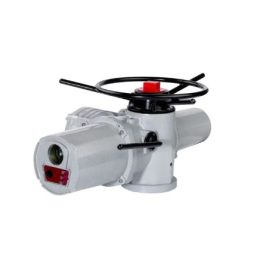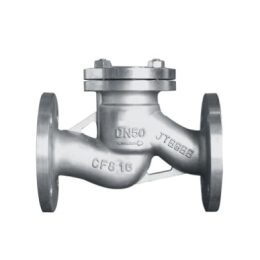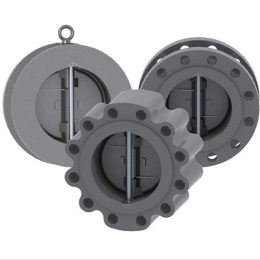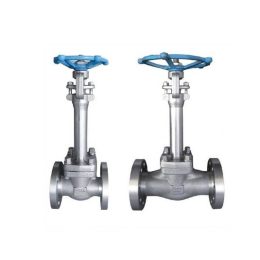Ball Valve Specifications And Functions
Ball valves are incredibly versatile and are widely used in various industries thanks to their high durability and reliability. They are classified based on their function and purpose, and each type serves a specific purpose in pipeline systems.
Check Valve
Also known as a one-way valve or non-return valve, the primary function of a check valve is to prevent the medium in a pipeline from flowing back. It is commonly used as the bottom valve of a pump to close the water. However, it is essential to ensure that the check valve is installed in the correct direction to avoid any issues.
Block Valve
Block valves, also known as closed-circuit valves, are designed to connect or cut off the medium in a pipeline. There are many types of block valves, including gate valves, globe valves, plug valves, ball valves, butterfly valves, and diaphragm valves. Each type of valve has unique characteristics that make them suitable for specific applications. For example, gate valves are commonly used in applications where a tight seal is required, such as in steam systems or water supply systems with high-pressure pipelines. Globe valves, on the other hand, are ideal for applications where accurate flow control is essential, such as in chemical processing plants or power generation facilities.
Safety Valve
Safety valves play a crucial role in preventing the pressure of the medium in a pipeline or device from exceeding its specified value, thus ensuring safety. They are widely used in industrial applications where the pressure of the medium needs to be regulated. Safety valves are available in various types, including spring-loaded safety valves, pilot-operated safety valves, and bellows safety valves. Each type of safety valve is suitable for specific applications, and selecting the appropriate type of safety valve is crucial to ensuring optimal performance and safety.
Shunt Valve
Shunt valves, including various distribution valves and traps, are used to distribute, separate, or mix the medium in a pipeline. They can also be used to regulate the flow of the medium. Shunt valves are available in various types, including globe valves, ball valves, and gate valves. Globe valves are commonly used in applications where precise flow control is required, while ball valves are ideal for applications where a tight seal is required. Gate valves, on the other hand, are suitable for applications where high flow rates and low pressure drops are required.
Regulating Valve
Regulating valves, such as throttle valves and pressure reducing valves, are used to regulate the pressure, flow, and other parameters of the medium. They are often used in industrial applications where precise control of the medium is required. Regulating valves are available in various types, including globe valves, butterfly valves, and diaphragm valves. Globe valves are commonly used in applications where accurate flow control is essential, while butterfly valves are ideal for applications where a tight seal is required. Diaphragm valves, on the other hand, are suitable for applications where a high degree of cleanliness is required.
Exhaust Valve
Exhaust valves are auxiliary components that are widely used in pipeline systems such as boilers, air conditioners, oil and gas, and water supply and drainage pipelines. They are often installed at commanding heights or elbows to remove excess gas in the pipeline, improve pipeline efficiency, and reduce energy consumption. By removing excess gas, exhaust valves help to prevent pressure build-up, which can lead to system failure. Exhaust valves are available in various types, including globe valves, gate valves, and ball valves. Globe valves are commonly used in applications where precise flow control is required, while gate valves are ideal for applications where high flow rates and low pressure drops are required. Ball valves, on the other hand, are suitable for applications where a tight seal is required.
In conclusion, ball valves are an essential component of many pipeline systems, and understanding the different types of ball valves and their functions is crucial to selecting the appropriate valve for a given application. Whether it is a check valve, block valve, safety valve, shunt valve, regulating valve, or exhaust valve, each type serves a unique purpose in pipeline systems, and selecting the appropriate type of valve is crucial to ensuring optimal performance and safety.



